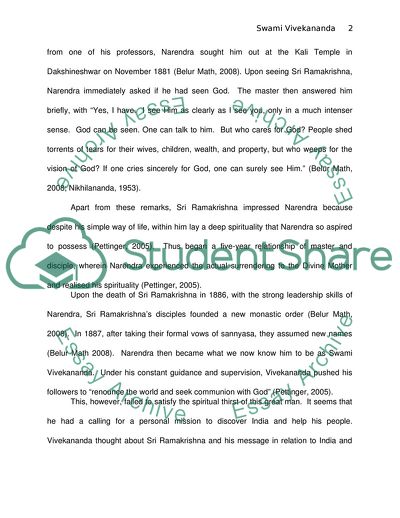Cite this document
(Swami Vivekananda Report Example | Topics and Well Written Essays - 2000 words, n.d.)
Swami Vivekananda Report Example | Topics and Well Written Essays - 2000 words. https://studentshare.org/religion-and-theology/1718062-research-paper-over-a-hindu-saint
Swami Vivekananda Report Example | Topics and Well Written Essays - 2000 words. https://studentshare.org/religion-and-theology/1718062-research-paper-over-a-hindu-saint
(Swami Vivekananda Report Example | Topics and Well Written Essays - 2000 Words)
Swami Vivekananda Report Example | Topics and Well Written Essays - 2000 Words. https://studentshare.org/religion-and-theology/1718062-research-paper-over-a-hindu-saint.
Swami Vivekananda Report Example | Topics and Well Written Essays - 2000 Words. https://studentshare.org/religion-and-theology/1718062-research-paper-over-a-hindu-saint.
“Swami Vivekananda Report Example | Topics and Well Written Essays - 2000 Words”. https://studentshare.org/religion-and-theology/1718062-research-paper-over-a-hindu-saint.


